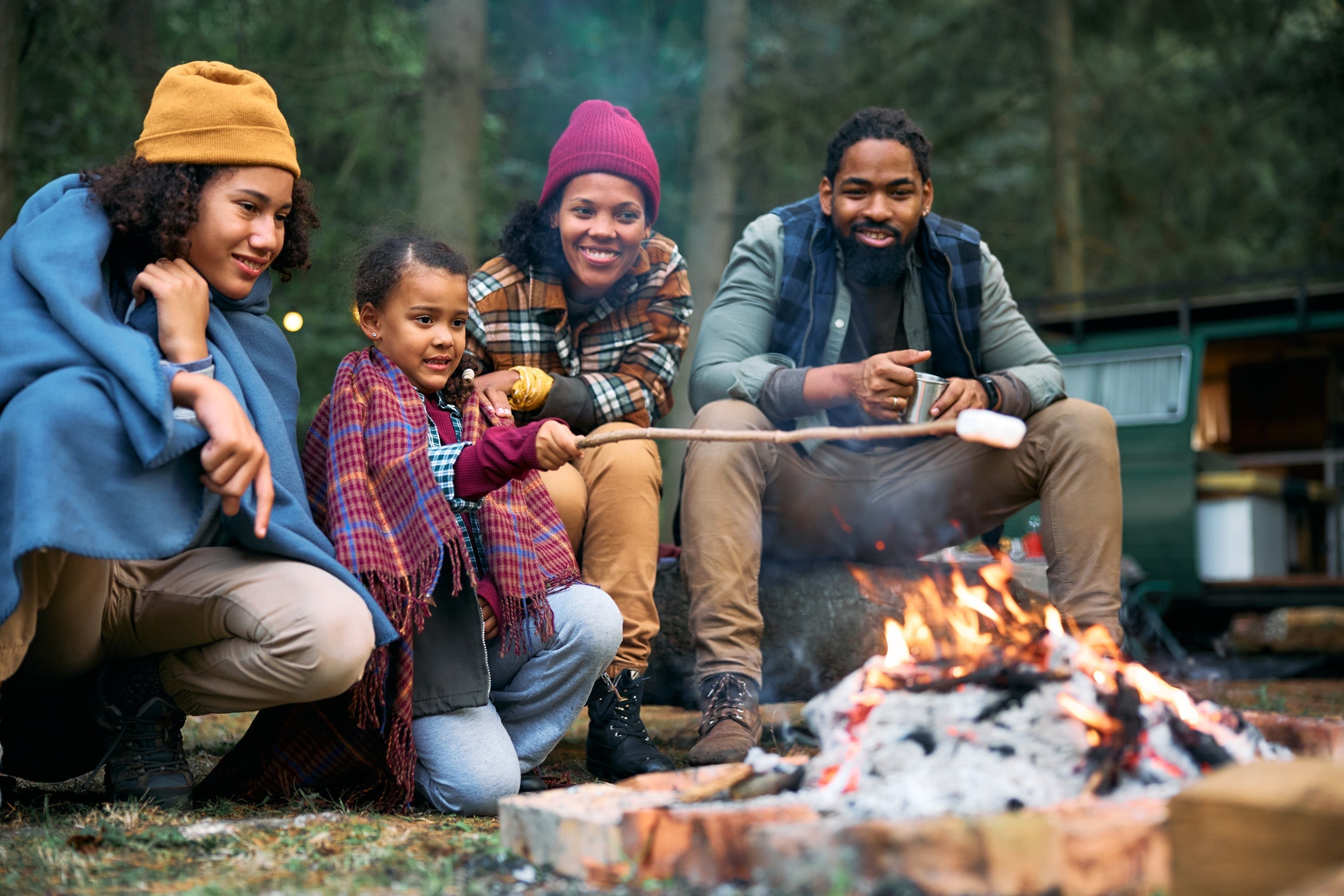Why Every Camper Needs an Emergency Kit
Whether you're heading out for a weekend hike or a multi-day wilderness trek, being prepared for emergencies is not just smart—it’s essential. Nature can be unpredictable. A sudden storm, animal encounter, injury, or getting lost can turn a relaxing trip into a survival situation. A well-stocked camping emergency kit gives you a life-saving edge.
Top 10 Essentials for Every Camping Emergency Kit
1. First Aid Kit
A first aid kit should include adhesive bandages, gauze, antiseptic wipes, antibiotic ointment, tweezers, scissors, and pain relievers. For remote trips, include splints, snake bite kits, and trauma dressings.
2. Water Purification
Carry purification tablets, a filtration pump, or a UV purifier. Never assume a stream or lake is safe. Dehydration can be fatal, and contaminated water can cause serious illness.
3. Emergency Food
Pack calorie-dense, non-perishable items like energy bars, freeze-dried meals, nuts, and jerky. Your kit should include at least a 72-hour food supply.
4. Shelter Gear
Compact emergency tents, bivvy sacks, or space blankets protect you from the elements. A tarp and paracord can also create makeshift shelters.
5. Fire Starters
Waterproof matches, a magnesium fire starter, and dry tinder are critical for warmth and cooking. Keep them in a sealed, dry container.
6. Lighting
Headlamps or flashlights with extra batteries are must-haves. Consider hand-crank or solar-powered lights as backups.
7. Communication Devices
Cell phones may not work in remote areas. Include a whistle, signal mirror, flare, or even a GPS beacon to call for help.
8. Multi-Tool
A high-quality multi-tool with a knife, pliers, screwdriver, and saw can handle repairs, food prep, and survival tasks.
9. Weather Protection
Pack extra ponchos, hand warmers, gloves, and sun protection. Exposure to extreme heat or cold can quickly become life-threatening.
10. Navigation Tools
Always carry a paper map, compass, and backup digital GPS. Learning basic navigation skills is also recommended.
Optional Add-Ons for Enhanced Safety
- Bear spray (for wilderness camping)
- Duct tape for gear repairs
- Small camp stove or fuel cubes
- Extra batteries and power banks
- Personal hygiene wipes or toilet paper
Pre-Made vs. DIY Camping Emergency Kits
DIY kits allow customization but require planning. Pre-packed kits are ready to go and save time. For peace of mind, many campers choose pre-made kits from trusted suppliers like eDisasterSystems.
Who Needs a Camping Emergency Kit?
- Backpackers: Light, compact kits tailored for long treks
- Families: Group-size kits with extra supplies for children
- Solo Campers: Lightweight, multi-use emergency gear
- Overlanders/Car Campers: Include vehicle repair tools and solar gear
Storage Tips for Your Emergency Kit
Keep your kit in a waterproof container or dry bag. Store it in a consistent location in your pack or vehicle and check expiration dates every 6–12 months. Restock used items after every trip.
Where to Buy Reliable Camping Emergency Kits
eDisasterSystems offers trusted, ready-to-ship kits designed by safety professionals. Whether you want a compact solo pack or a multi-person emergency kit, they have you covered with gear that meets real-world outdoor challenges.
OSHA and FEMA Recommendations
While OSHA focuses on workplace preparedness, their guidelines for personal protective equipment (PPE), first aid, and disaster kits overlap with camping needs. FEMA recommends every household have at least one 72-hour emergency kit, which applies directly to outdoor camping scenarios. For full recommendations, visit Ready.gov.
Conclusion: Don’t Let Nature Catch You Off Guard
Emergencies don’t send an invitation—they just happen. Whether you’re an experienced camper or a first-timer, a proper emergency kit could save your life. Invest in the right gear, check your list, and enjoy the outdoors with confidence.
Start your preparedness journey by exploring our curated Camping Emergency Kit collection today.
People Also Ask
-
What should be in an emergency camping kit?
Essentials include first aid, water purification, food, shelter, fire starters, lighting, communication tools, multi-tools, navigation aids, and weather protection. -
Are pre-made camping emergency kits reliable?
Yes. Quality kits from trusted brands like eDisasterSystems are designed by safety experts to meet real outdoor challenges. -
How often should I check my emergency camping kit?
Review and restock your kit at least once every 6–12 months, or after every major camping trip. -
What size emergency kit do I need for a family?
Choose a kit rated for the number of people in your group, usually sold as 2-person, 4-person, or larger group kits. -
Where can I buy a camping emergency kit online?
You can shop top-rated kits at eDisasterSystems.com.
About the Author
Mick Chan has been in the Safety Supplies industry for over 15 years. As a seasoned expert in OSHA compliance and safety product procurement, Mick brings practical insight to help businesses and individuals meet safety standards with confidence. He graduated from Cal State LA in 2013 with a degree in Business Administration and currently advises California-based companies on safety gear essentials. Mick was born and raised in the San Gabriel Valley, a suburb of Los Angeles.

